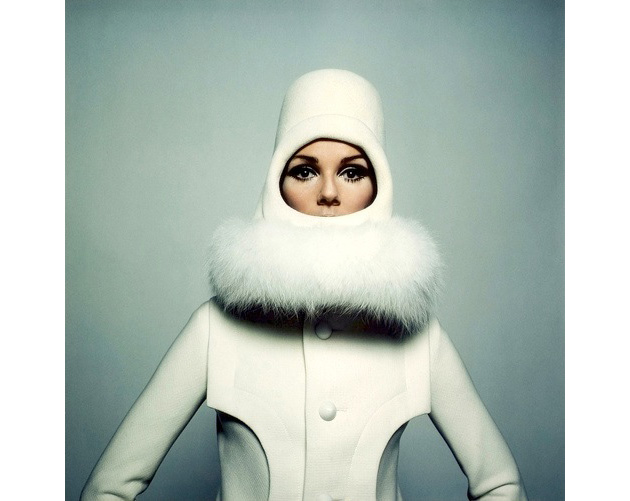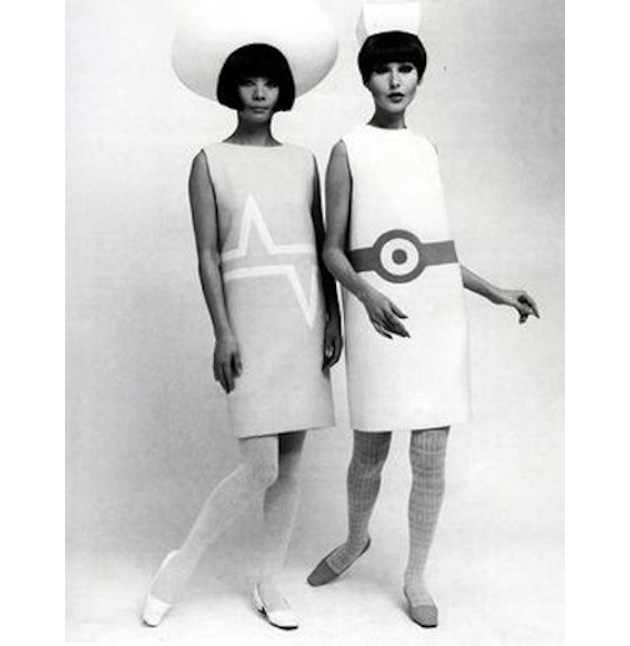Sci-fi is not only a literary genre, or just part of cinematography. Its imagery interprets a vision that transcends the boundaries of genders and slips between literature, film, fashion and that continues, year after year, to be presented on the catwalk in many and ever-changing ways.
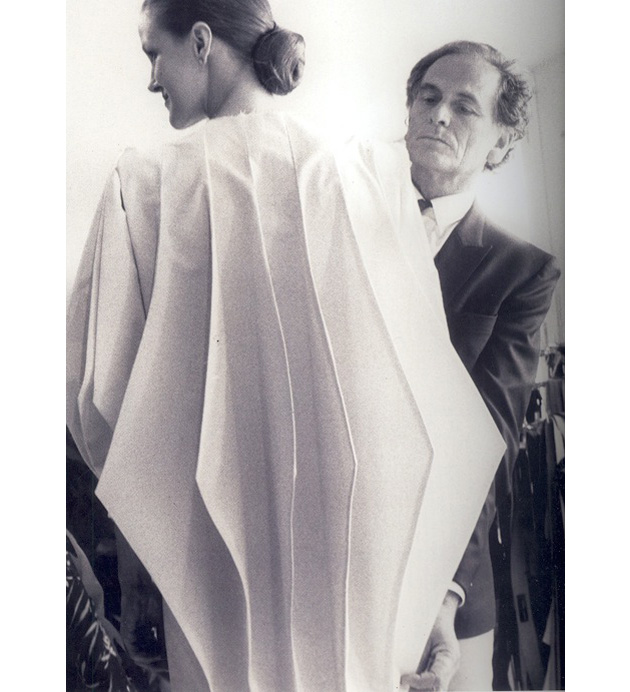
Futuristic visions of the world, fantastic technological scenarios or alternative realities set in the past, the present and the future have always been the central themes of science fiction. But often suggestions also came from the fashion and the catwalks, to demonstrate the fusion between these two art forms. Sci-fi was born in the early twentieth century, but the phenomenon exploded in the fifties, in the United States. The Second World War was over, and to forget the horrors of the past, people started to imagine a different future. Other elements, such as the enthusiasm for the nascent missile industry and the first sighting of a UFO in 1947 made the science fiction a social phenomenon.
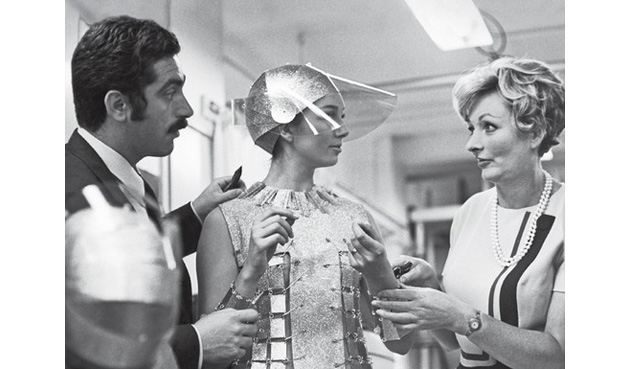
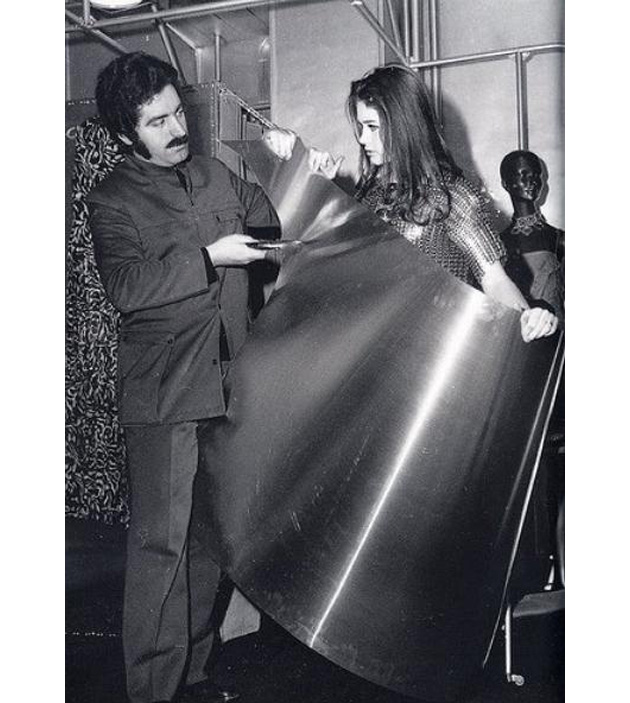
Even the designer Pierre Cardin got fascinated by this style, and presented a collection with space helmets, leather shorts and dresses in transparent glossy vinyl. Obviously, this fashion reached the cinema too: a super sexy Jane Fonda in the cult Barbarella, dated 1968, wore daring spacial overalls, designed for her by Paco Rabanne, another forefather of the period that – due to the use of materials such as metal, aluminum, plastic, plexiglass and even fiber optics – aroused the indignation of Coco Chanel, who described it as “the metallurgy of fashion.”
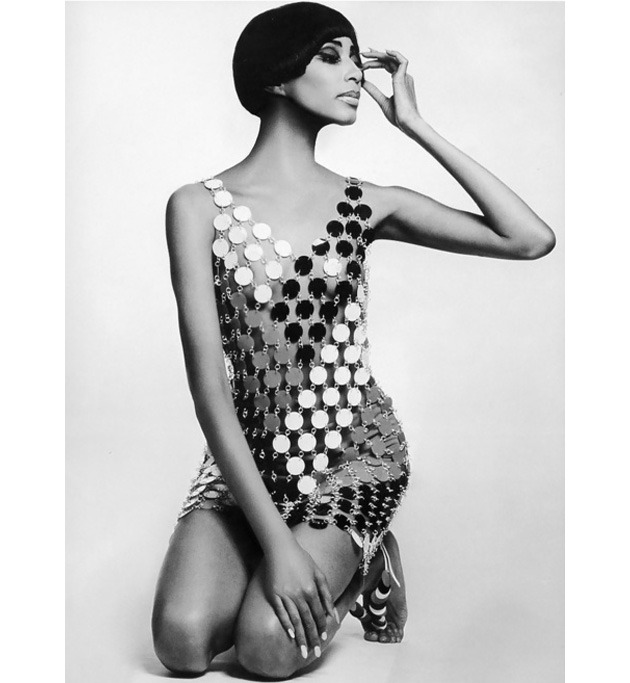
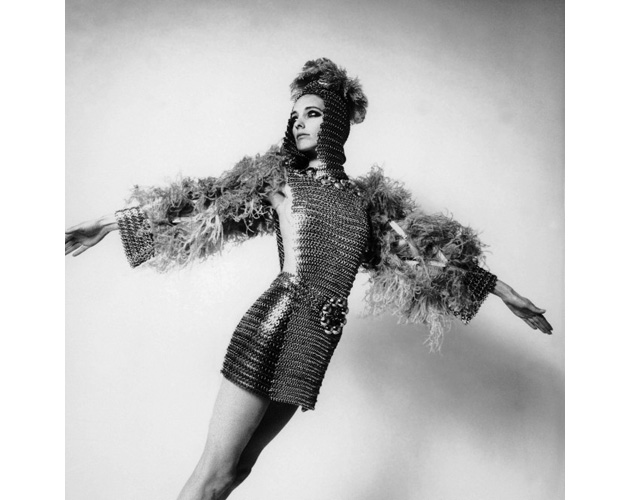
It is during these years that the Space Age begins, a great creative era shared by Pierre Cardin, Paco Rabanne and André Courrèges. Volumes designed with ruler and compass, geometric cuts in white or silver fabrics, flash syntonic to Dan Flavin‘s neon, are intended to make women free in their movements, modern in thought, perhaps astronauts. More precisely, these fashion astronauts – then copied all over the world – had taken off even before the man went to the moon. Cardin, who undoubtedly went alongside this path with an almost magical ability to see into the future, states: “The clothes I prefer were invented for a life that does not exist yet”, in an interview about the collection that had fascinated, amazed and marked the evolution of taste.
